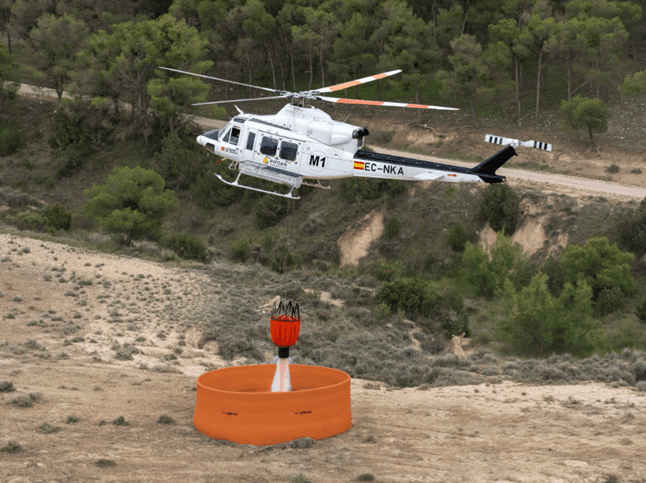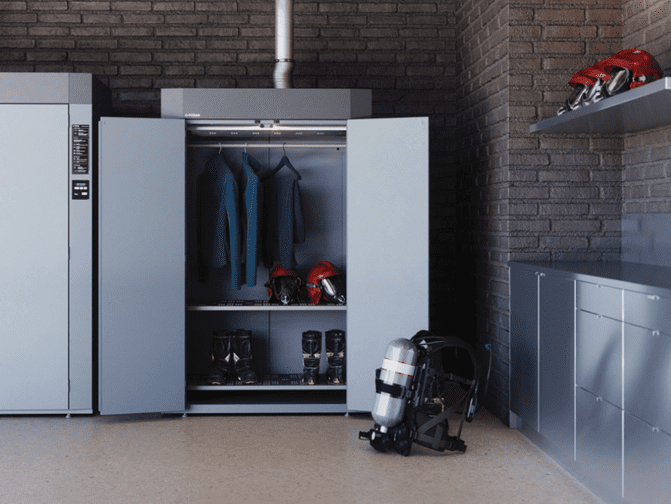Fredrik Rosén, Business Line Manager – Material Handling, Dafo Vehicle Fire Protection AB addresses port vehicle risks, IoT, AI integration, and environmental sustainability
In this Innovator interview, Fredrik Rosén, Business Line Manager of Material Handling at Dafo Vehicle Fire Protection AB, shares insights into the company’s long-standing expertise in fire safety with Rebecca Spayne, Managing Editor of International Fire Buyer. As a global leader in fire suppression solutions, Dafo Vehicle has a rich history of innovation, evolving with industry needs and technological advancements. In the conversation, Fredrik discusses key fire risks in port vehicles, Dafo’s innovative Hexa+ fire protection methodology, and how emerging technologies such as IoT and AI are shaping the future of fire safety in industrial applications. The interview provides a comprehensive look at the future of fire suppression.
Could you give us an insight into Dafo Vehicle’s history?
Dafo Vehicle Fire Protection is a Swedish company with a history dating back to 1919. Initially specialising in fire extinguishers, the company has grown into a global leader in fire safety for various industries, including transportation, heavy vehicles, and port operations. Over the decades, Dafo Vehicle has evolved its expertise to focus on developing fire suppression systems tailored to the specific needs of industries such as forestry, mining, material handling, and port equipment. This commitment to innovation and safety has positioned Dafo Vehicle as a trusted partner in fire protection solutions worldwide.
What are the main fire risks in port vehicles today, and how does Dafo Vehicle protect against them?
The primary fire risks in port vehicles today stem from a variety of sources: electrical malfunctions, overheated engines, fuel leaks, and risks associated with alternative fuels such as hydrogen or electric batteries. Additionally, improper or infrequent maintenance can lead to an increased fire risk. The demanding operating environments of ports, with exposure to flammable materials and constant heavy use of vehicles, further amplify these dangers.
Dafo Vehicle tackles these risks through its Hexa+ methodology, offering a holistic fire protection solution. Hexa+ includes a comprehensive process from risk assessment, system design, and delivery to training, installation, and after-sales support. By thoroughly analysing each customer’s unique operations, Dafo Vehicle customises fire suppression systems to meet strict safety standards. These systems are designed to detect and suppress fires early, minimising the potential for damage while ensuring vehicle and personnel safety. Regular maintenance, a critical element of the Hexa+ approach, ensures that systems remain effective over time.
Can you elaborate on Dafo Vehicle’s approach to leverage new technologies such as IoT and AI for enhancing fire detection and suppression capabilities?
Dafo Vehicle is actively testing its systems on various equipment to integrate real-time monitoring capabilities. While continuous monitoring in real-time is not yet part of the standard offering, these tests represent a significant step towards incorporating IoT (Internet of Things) into its fire suppression systems. Once fully implemented, IoT will allow for the collection of real-time data from vehicles, enabling early detection of anomalies such as overheating or electrical faults. This early detection would ensure timely intervention, preventing fire outbreaks and safeguarding equipment and personnel.
In addition to IoT, Dafo Vehicle is also exploring the potential of AI (Artificial Intelligence) to enhance fire detection and suppression capabilities. The company is working towards developing AI systems that can analyse operational data trends over time, identifying patterns and predicting fire risks before they materialise. This future capability would enable operators to address potential hazards proactively, ensuring safety and minimising equipment downtime. Although these technologies are still in the testing phase, they represent Dafo Vehicle’s commitment to pushing the boundaries of fire safety through innovation.
How can ports and terminals reduce the risk of fires in vehicles?
To reduce fire risks in port vehicles, ports and terminals should adopt a proactive fire safety strategy. This includes regular risk assessments, routine maintenance of vehicles, and comprehensive fire safety training for staff. Tailored fire suppression systems, like those provided by Dafo Vehicle’s Hexa+ method, are essential for addressing the unique risks each vehicle may present. Additionally, proper storage and handling of flammable materials, clear emergency response protocols, and compliance with the latest safety regulations are vital steps. Regular vehicle upkeep can mitigate many of the fire risks linked to mechanical failures and neglected maintenance.
To read the full article, see our last issue here.
Never miss a story… Follow us on:
International Fire Buyer
@Firebuyer
Fire Buyer
Media Contact
Rebecca Spayne Managing Editor, International Fire Buyer
Tel: +44 (0) 1622 823 920
Email: editor@firebuyer.com









